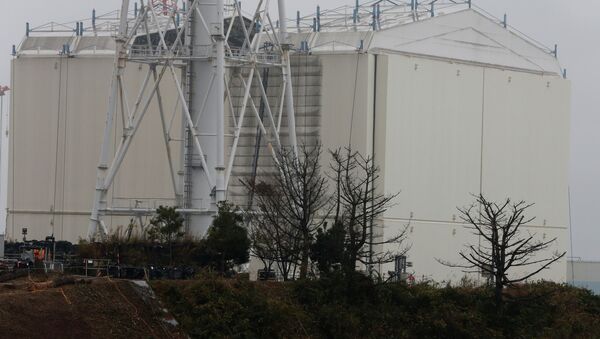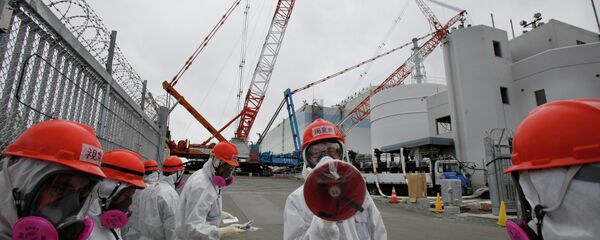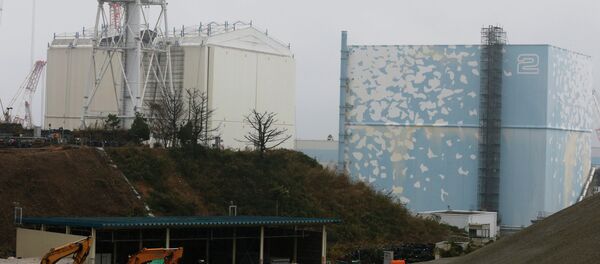MOSCOW (Sputnik) — TEPCO said that it hoped to start the actual removal of the cover, which was installed by the company in 2011 to mitigate the damage done to the plant, in a week.
The overall dismantling process is expected to take about a year and will be followed by a cleanup of the wreckage and waste left inside the unit since the hydrogen blast. TEPCO expects that in 2019 it will start the extraction of nuclear fuel assemblies from the spent fuel pools.
Fukushima Daiichi nuclear power plant was severely damaged in March 2011 after being hit by a 46-foot tsunami triggered by a massive offshore earthquake. Some of the reactors’ coolant systems failed, precipitating multiple hydrogen-air chemical explosions. Three of the six reactors went into meltdown, resulting in the release of radiation into the atmosphere, soil and sea.
“It [the cover] was … meant to protect the environment from the dispersion of radioactive particles. Of course, these risks continue beyond the taking off of the cover: rainwater washing out radioactivity that enters the ocean, heavy storms impacting water and nitrogen injection systems,” Mycle Schneider, an independent analyst on Energy and Nuclear Policy, said.
At the same time Peter F. Caracappa, an instructor and director of the Walthousen Reactor Critical Facility from the Rensselaer Polytechnic Institute, does not think there is a reason to consider TEPCO’s decision untimely.
He stressed that the most short-lived products generated by accident have decayed away, leaving the longer-lived materials, which will decay slowly over the next years.
“The radiological hazard from the remaining materials will be only a little different a year or five years or ten years from now, whereas the physical condition of the facility will only deteriorate as time progresses,” Caracappa told Sputnik.
The expert believes that TEPCO was able to adequately estimate the situation before the decision was made.
TEPCO had previously sought to start the preparations for the dismantling by March 2014 but these plans were postponed due to equipment problems.



